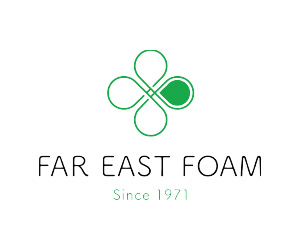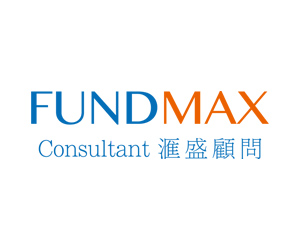Want to be in the loop?
subscribe to
our notification
Business News
EVFTA EXPECTED TO BOOST VIETNAM FOOTWEAR EXPORTS TO EU
The EU-Vietnam Free Trade Agreement (EVFTA) is expected to boost Vietnamese leather and footwear exports to the European Union market, heard a conference organized by the European Trade Policy and Investment Support Project (EU-Mutrap) in Hanoi on November 15.
Vietnam fetched US$16 billion from leather and footwear exports in 2016, the fourth biggest export earner after phones and phone parts, textiles and garments, and computers, and electronics, Vietnamplus news website reports.
Data of the Vietnam Leather and Footwear Association (Lefaso) shows that in 2016, Vietnam was the third largest footwear manufacturer in the world after China and India.
As of late 2016, two years since Vietnam enjoyed the EU’s generalized system of preferences (GSP) with tariffs slashed from 13-14% to 3-4%, the country’s leather and footwear exports to the EU hit nearly US$5 billion, making the EU the second largest leather and footwear importer of Vietnam after the U.S.
Phan Thi Thanh Xuan, vice chairwoman and general secretary of Lefaso, said when EVFTA goes into force, it would boost Vietnamese leather and footwear exports to the EU.
However, domestic leather and footwear manufacturers and exporters will also face several challenges. To meet the EU’s requirements, Vietnamese businesses will have to improve technologies and manufacturing processes to ensure high quality.
Besides, most leather and footwear manufacturers in Vietnam are foreign-invested. Therefore, domestically owned firms will have to improve competitiveness and increase market share.
According to Trinh Thu Hien, director of the origin of goods division under the Ministry of Industry and Trade’s Export-Import Department, to make the most of EVFTA, businesses would have to comply with EVFTA’s rules of origin.
“Businesses will not be able to enjoy tariff cuts to 0% if they fail to meet EVFTA’s rules of origin,” Hien said.
Professor Sanggeeta Khorana, an expert from EU-Mutrap, said when Vietnamese businesses are subject to the EU’s barriers and anti-dumping measures, they should provide sufficient evidence of the absence of subsidy.
According to Sanggeeta Khorana, an anti-dumping investigation can be initiated whenever the Directorate General for Trade of the European Commission decides that data are sufficient to launch an official investigation.
Source: The Saigon Times
Related News
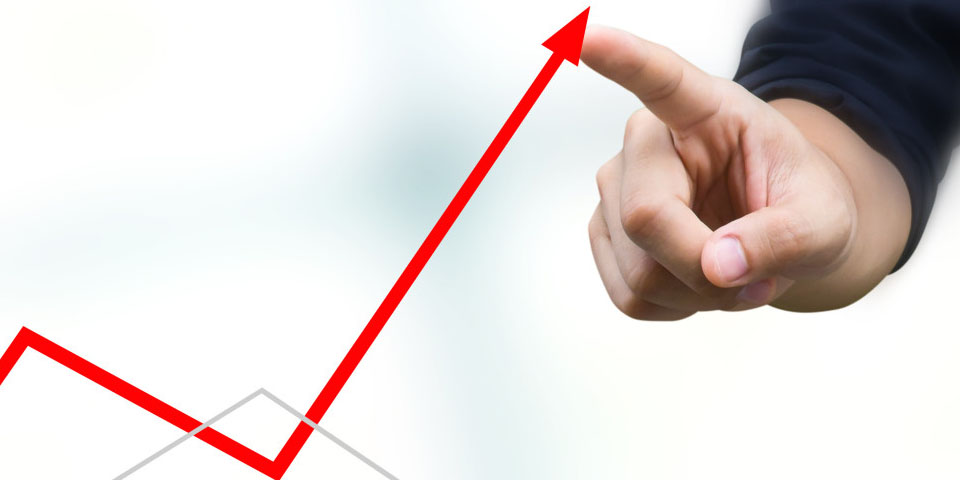
VIETNAM’S GDP TO GROW 5.5% THIS YEAR – WB
This forecast is based on the assumption of a moderate recovery in manufacturing exports in 2024, fueled by rebound growth of 8.5% year-on-year in the fourth quarter of 2023 and 17.2% year-on-year in the first quarter of 2024, reflecting strengthening global demand, said Dorsati Madani, senior country economist at the WB in Vietnam.
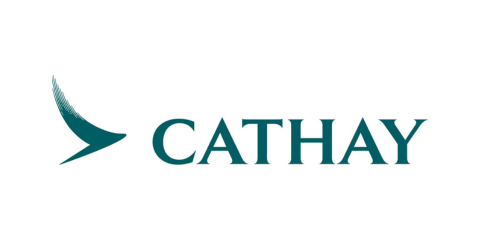
FARE REFUND FOR VISA REJECTION
Cathay Pacific will offer full refunds for cases of visa rejection to provide you with the confidence to explore the world with ease. If you are planning to fly to a destination that requires an entry visa, you can now book with greater peace of mind.

FOUR COMMODITIES POST Q1 EXPORT VALUE OF OVER 5 BILLION USD
The total export turnover of agricultural, forestry, and fisheries products in the first three months of 2024 is estimated to reach 13.53 billion USD, an increase of 21.8% compared to the same period of 2023.

MOIT PROPOSES SCHEME TO BOOST RENEWABLE ENERGY PROCUREMENT
The proposed Direct Power Purchase Agreement (DDPA) mechanism, outlined in the draft decree, targets organisations and individuals consuming electricity from the 22kV power grid or higher, with a monthly consumption averaging 500,000kWh. However, residential households are excluded from direct procurement.
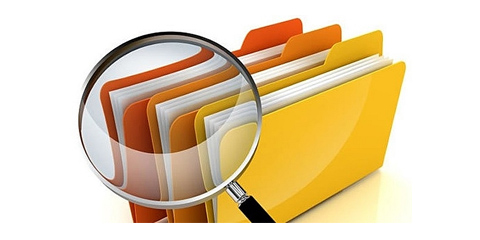
REAL ESTATE BONDS PLACE PRESSURE ON ISSUING FIRMS
The ministry’s recent report underscores concerns within Vietnam’s corporate bond market for 2023 and 2024. It emphasizes the critical need to address hindrances to the real estate sector in line with the objectives provided in Government Resolution No. 33/NQ-CP, which aims to stabilize the industry.

DA NANG CUSTOMS FOCUSES ON DEVELOPING CUSTOMS-BUSINESS PARTNERSHIPS
Da Nang Customs Department issued an action plan for developing customs-business partnership in 2024. One of the new events this year is the workshop on “Settlement reports for enterprises engaged in outsourcing, export production and export processing” held in Da Nang Customs Department on April 16, 2024.







